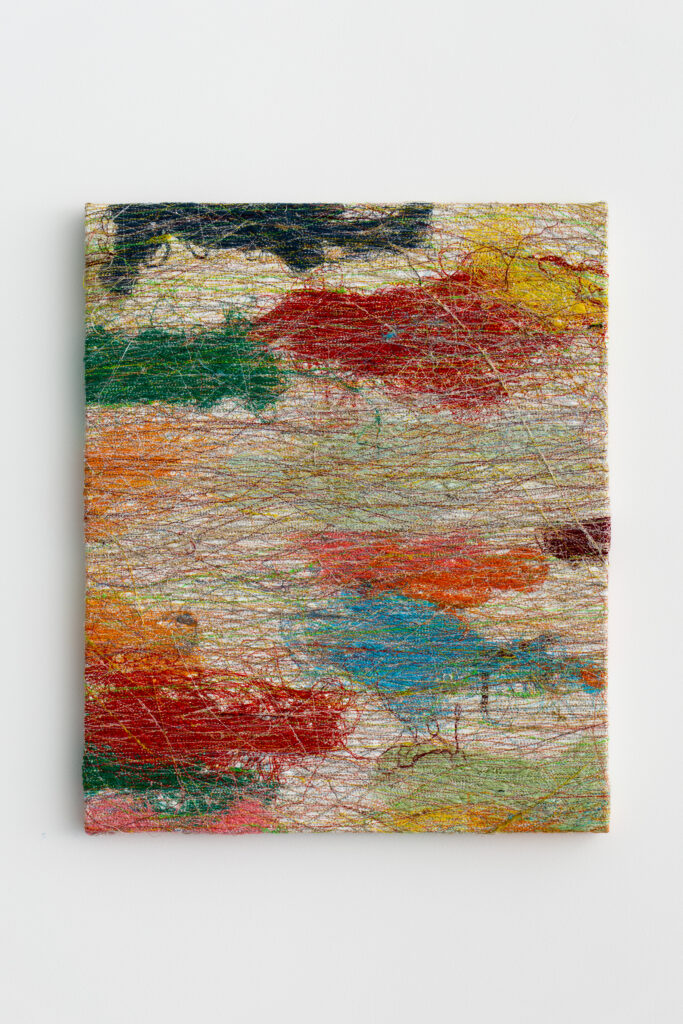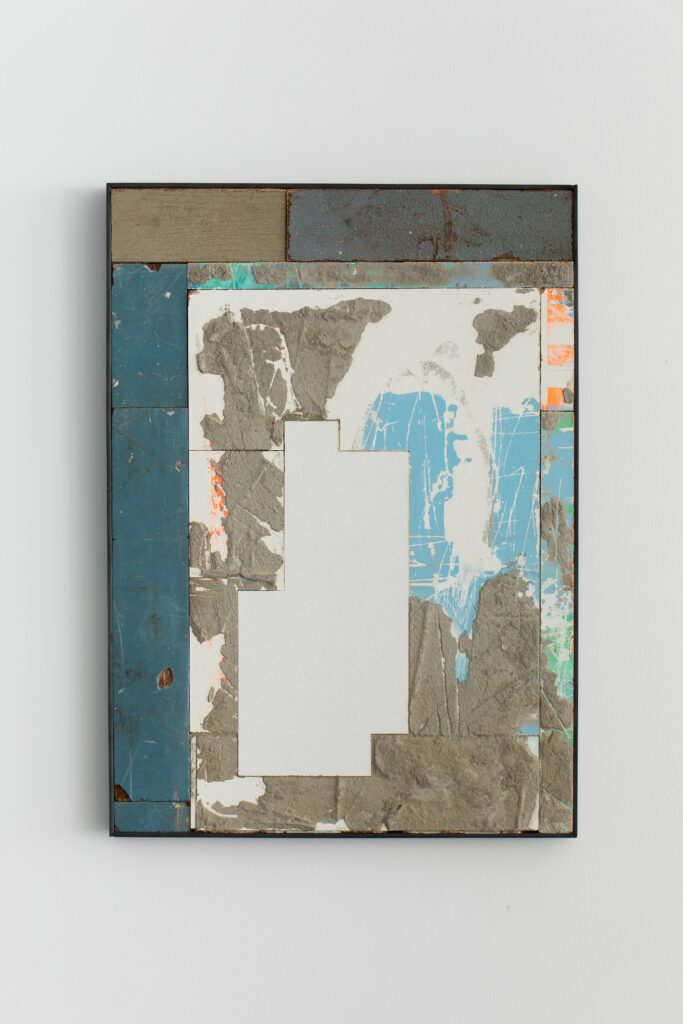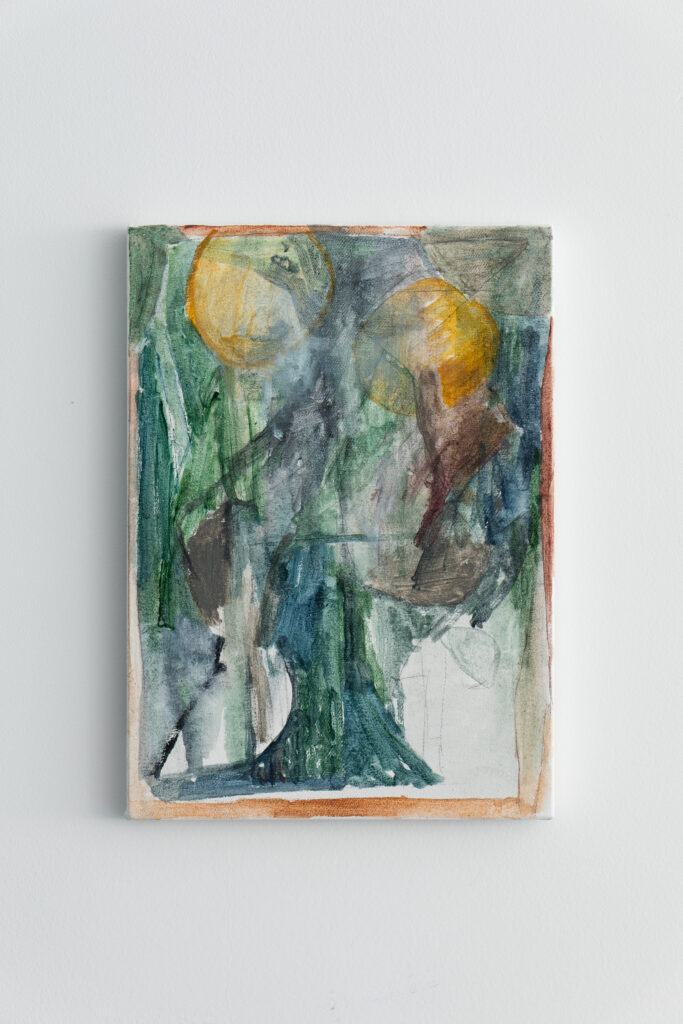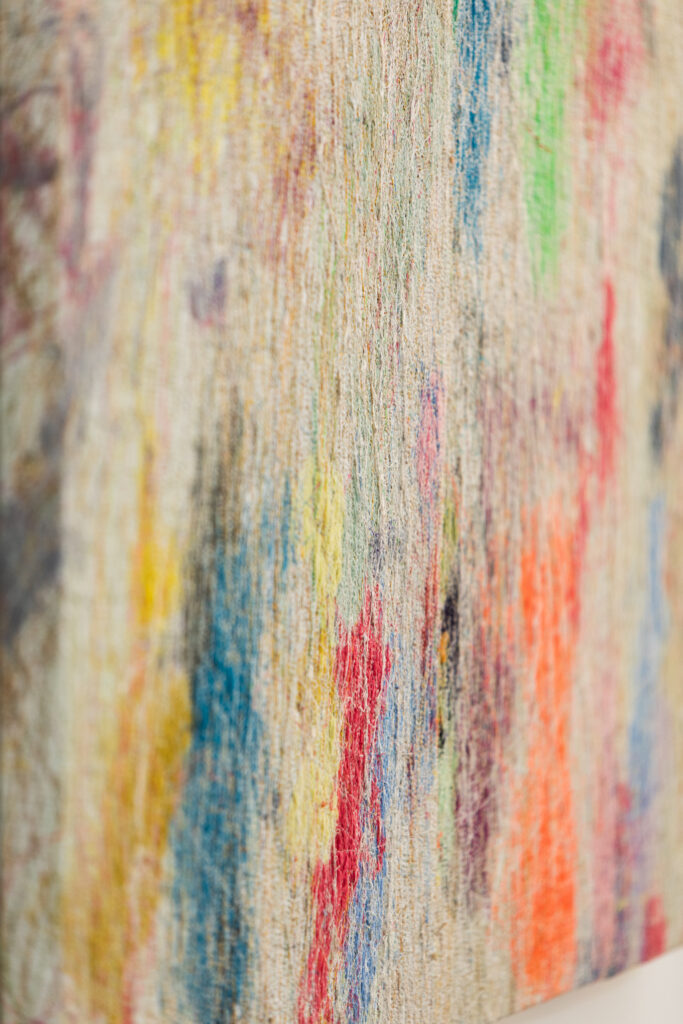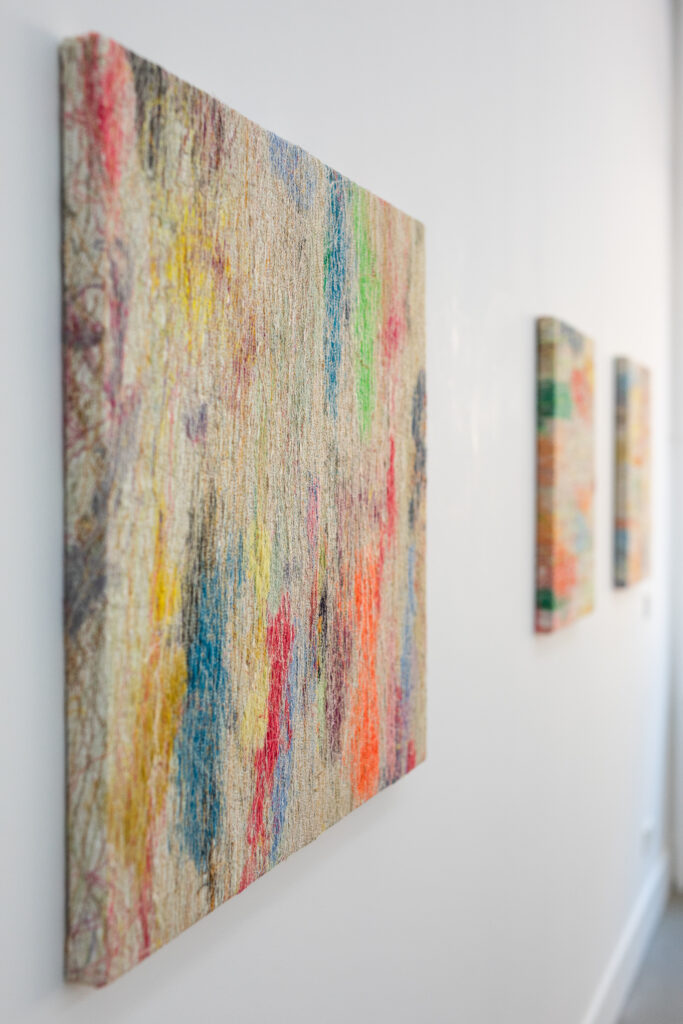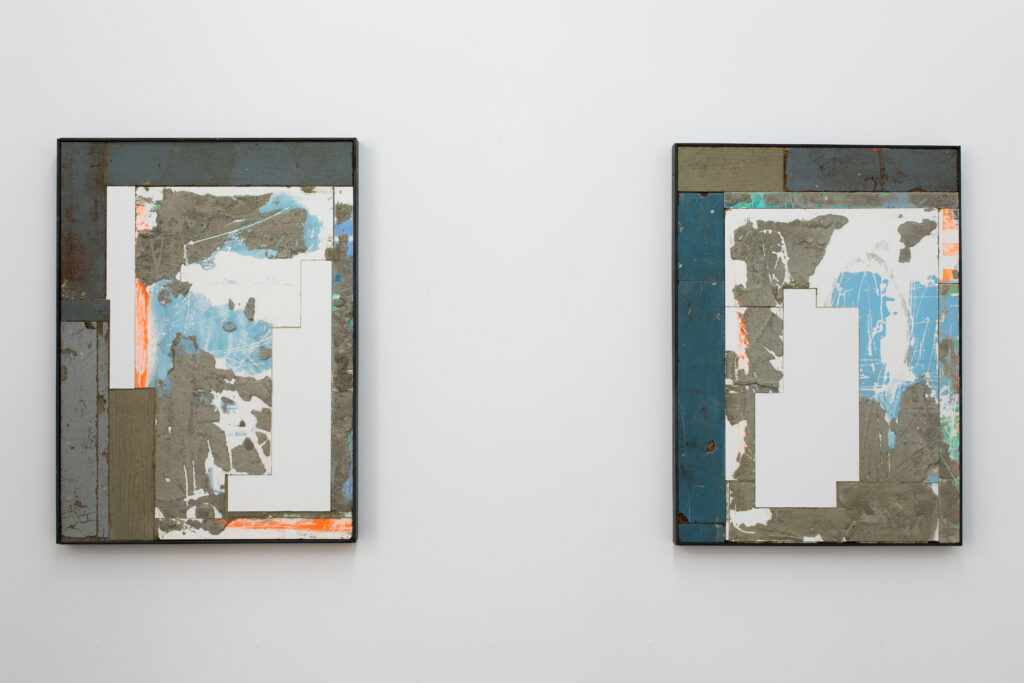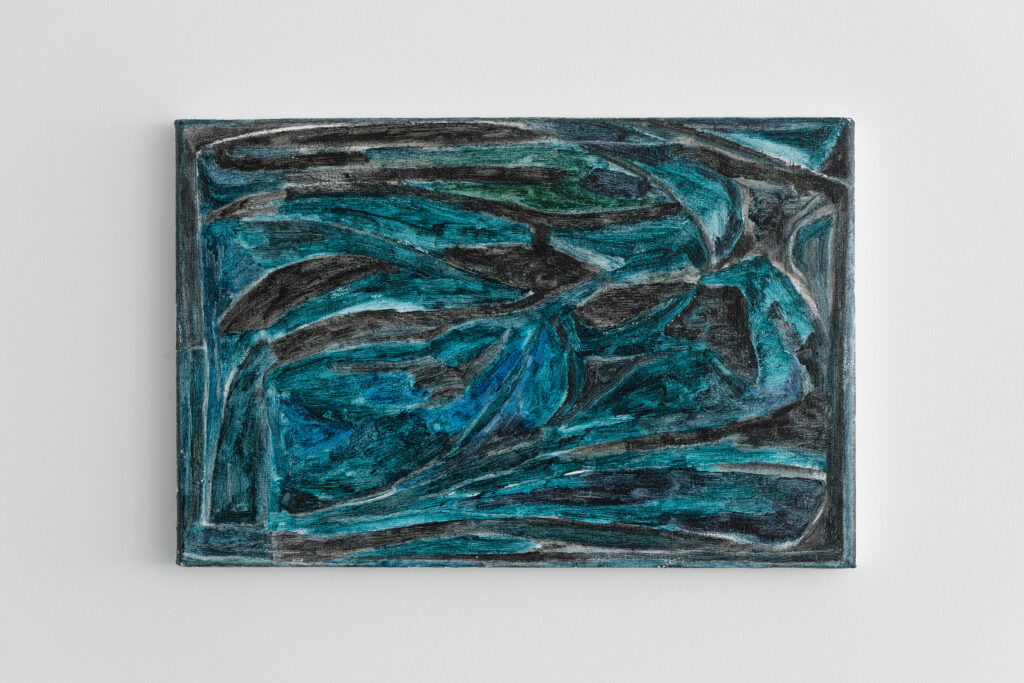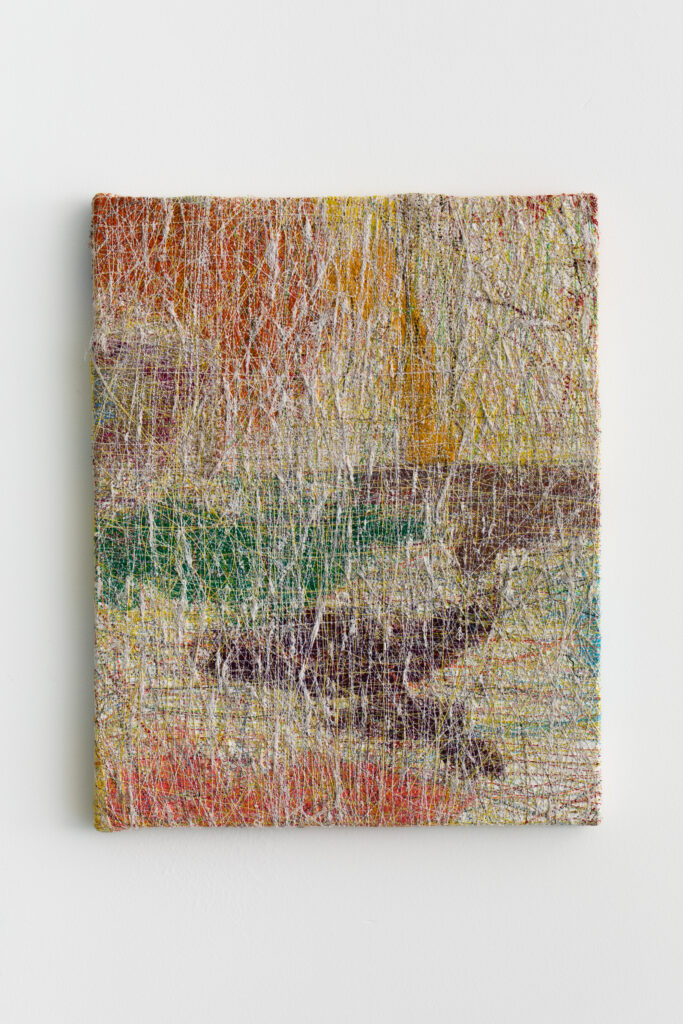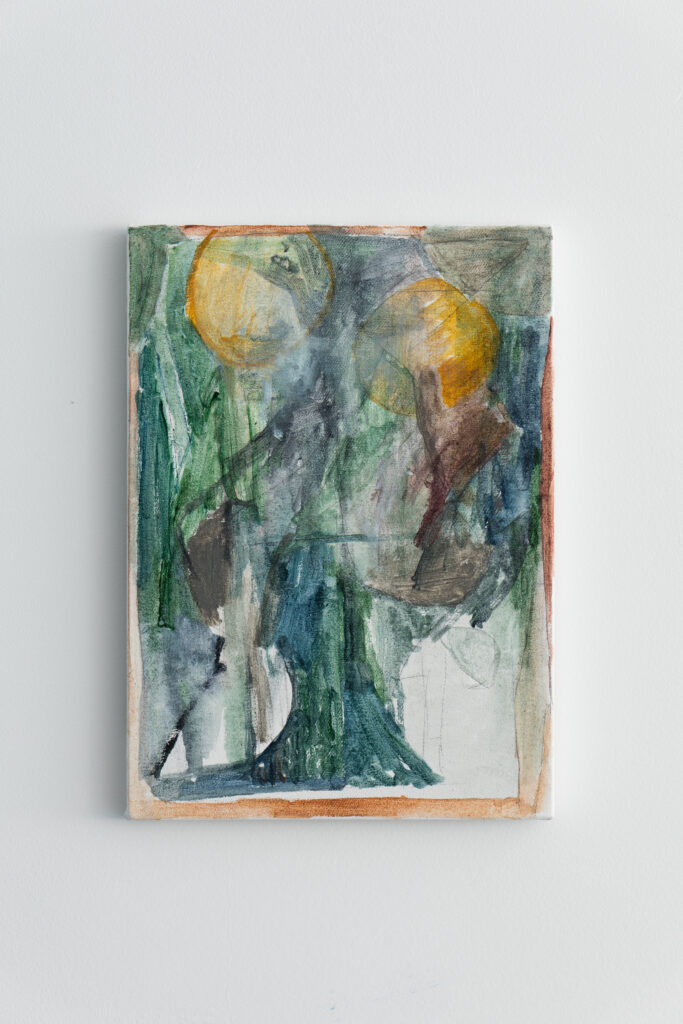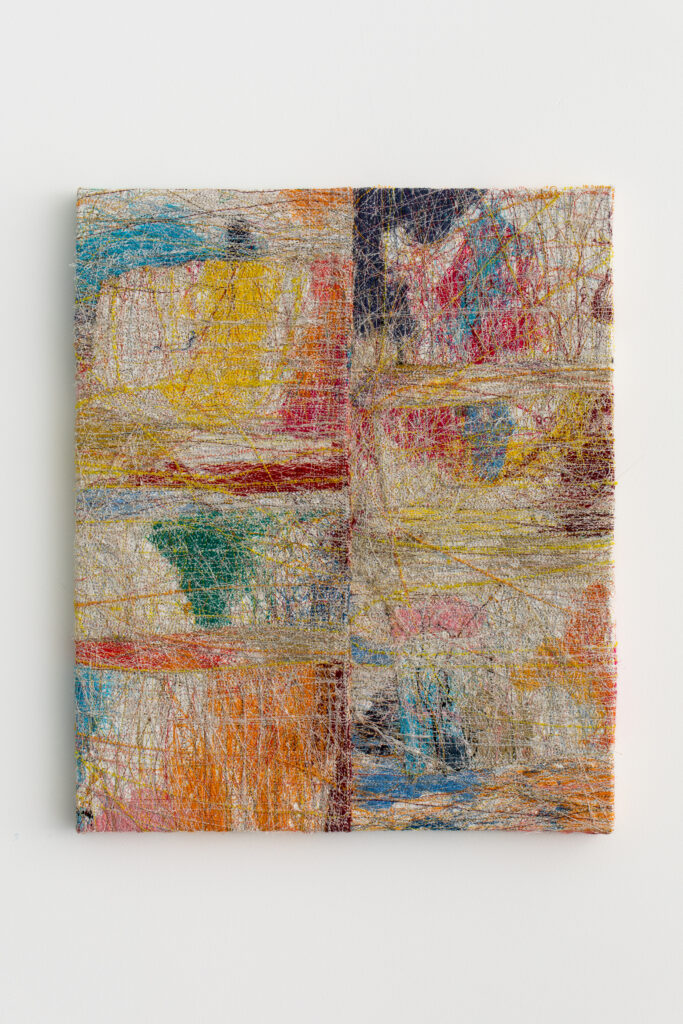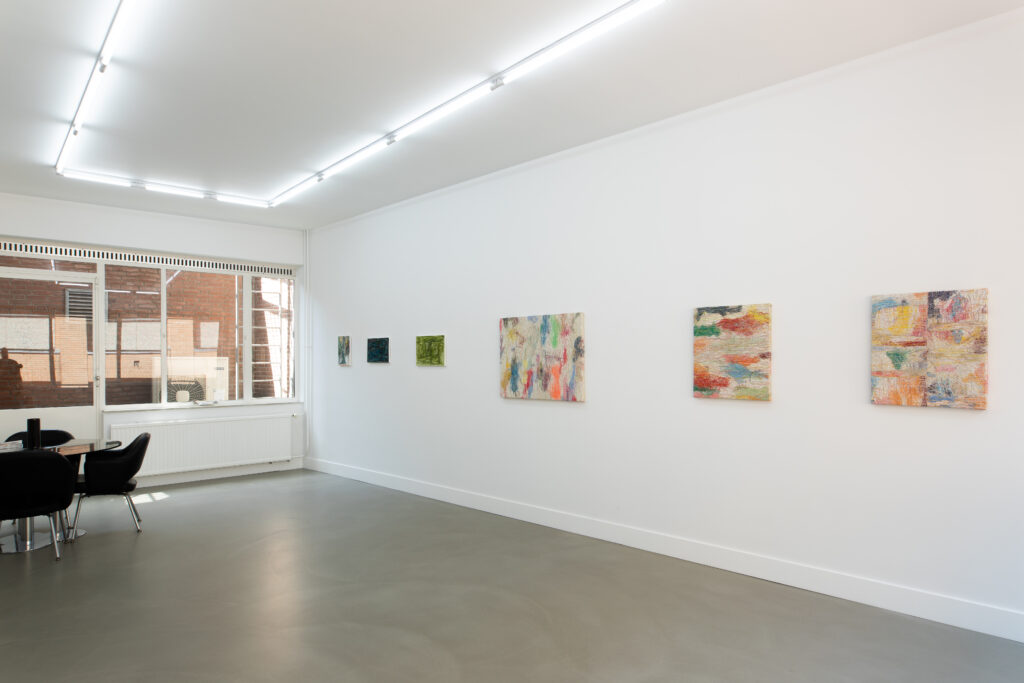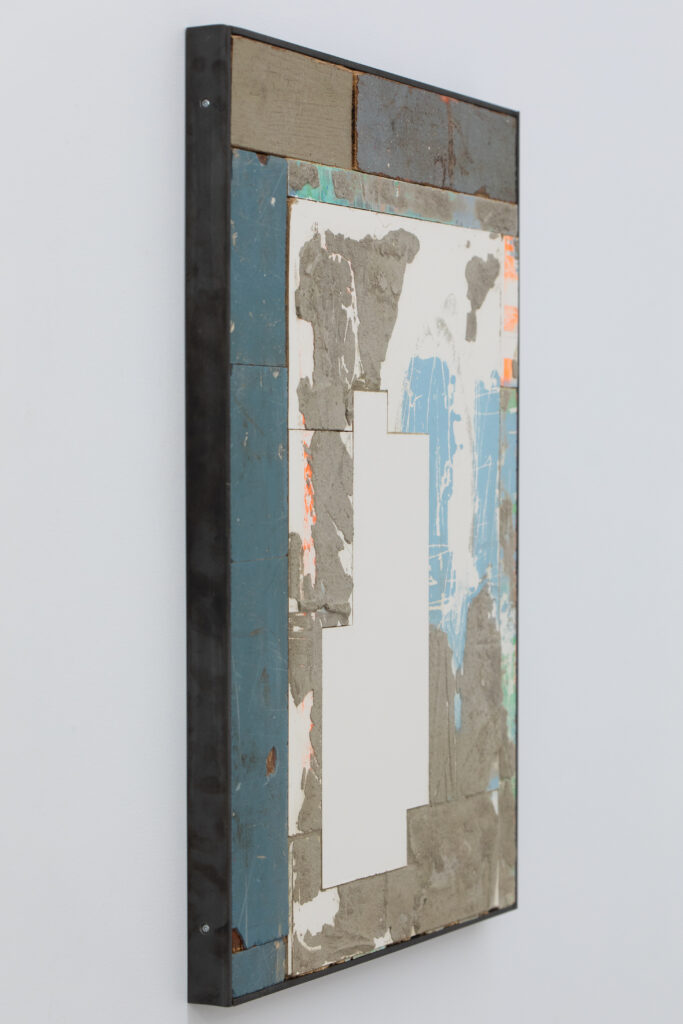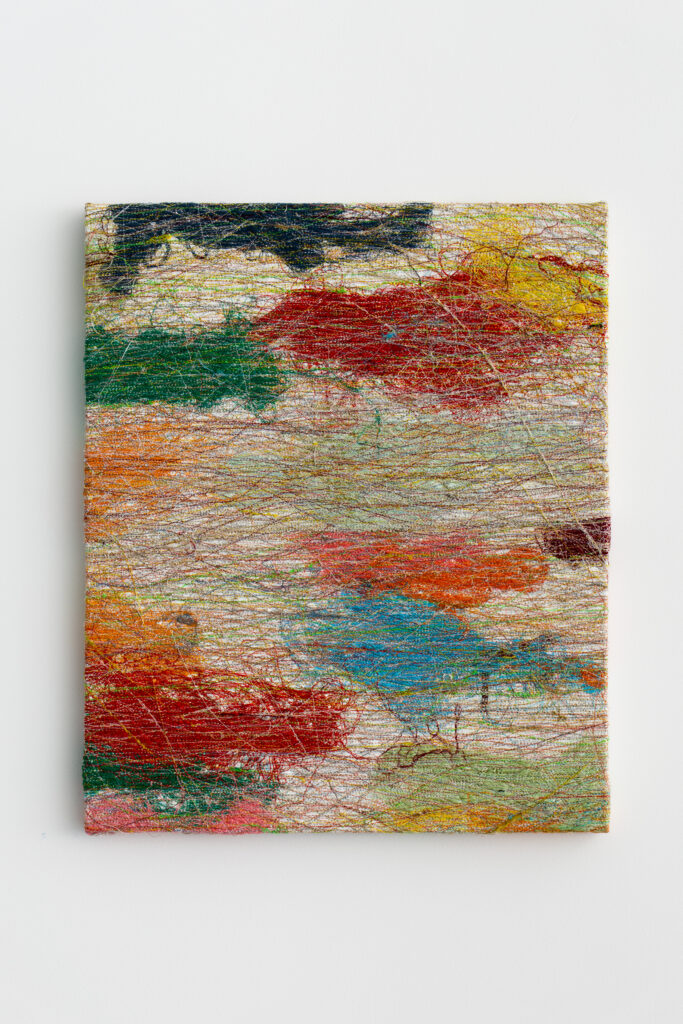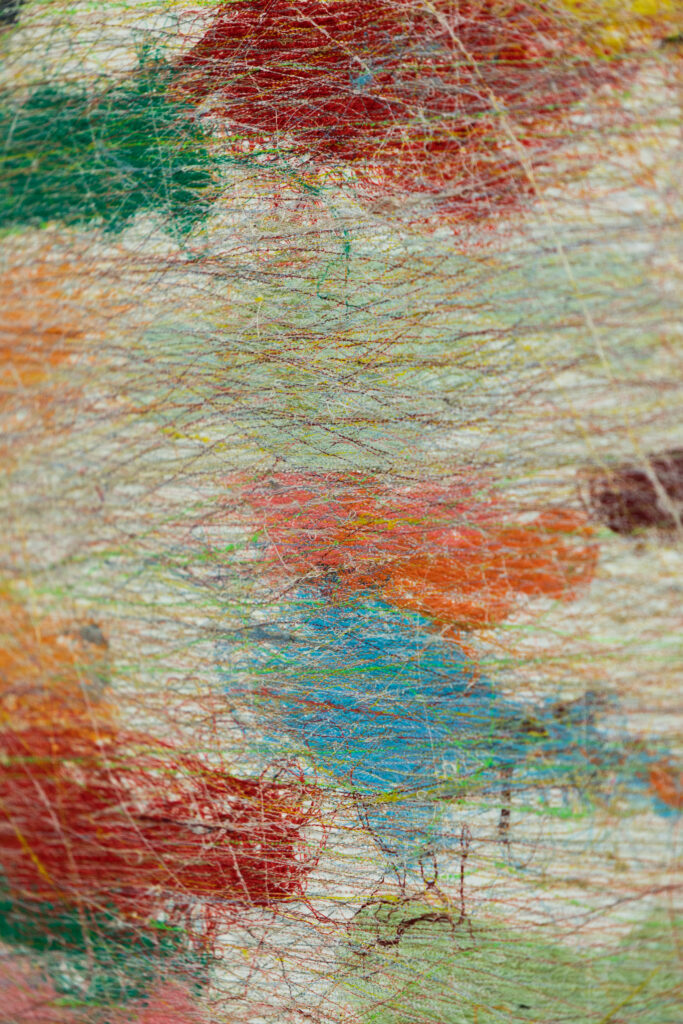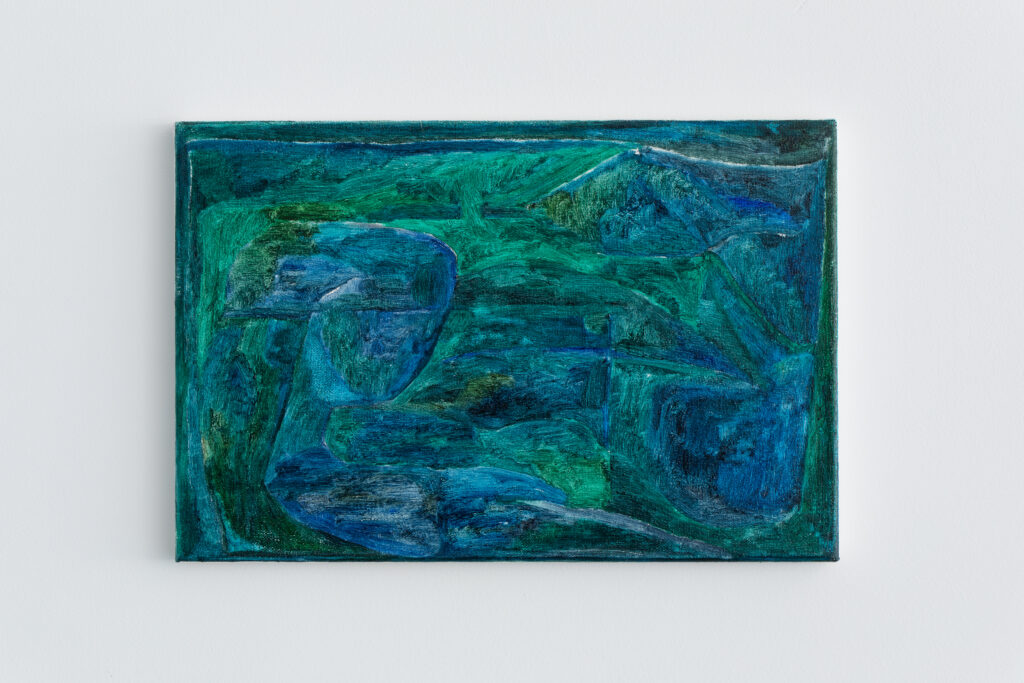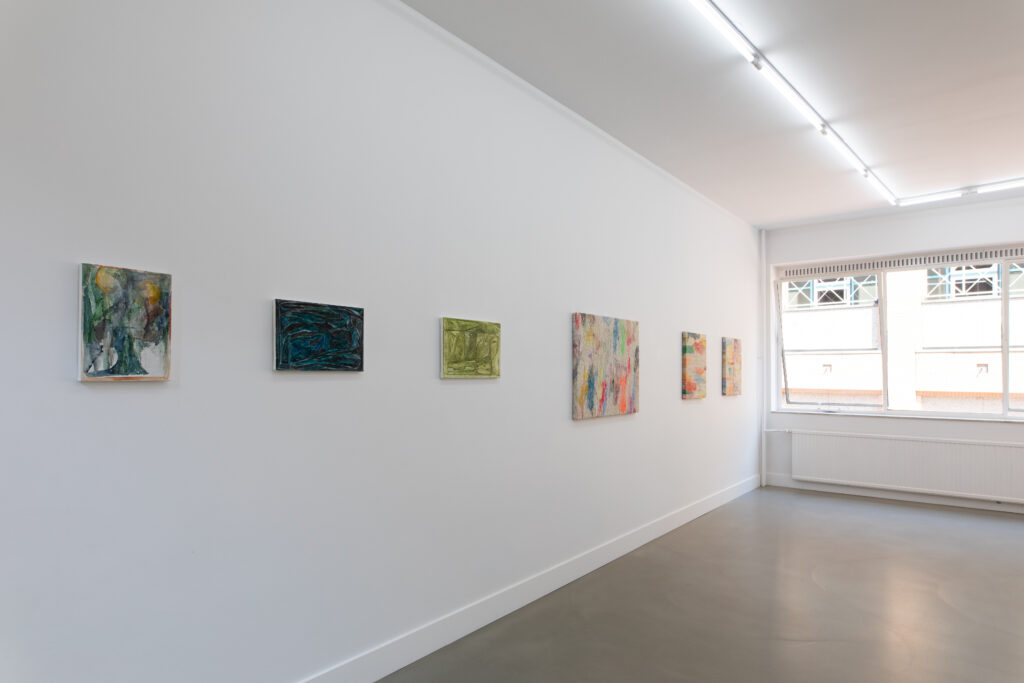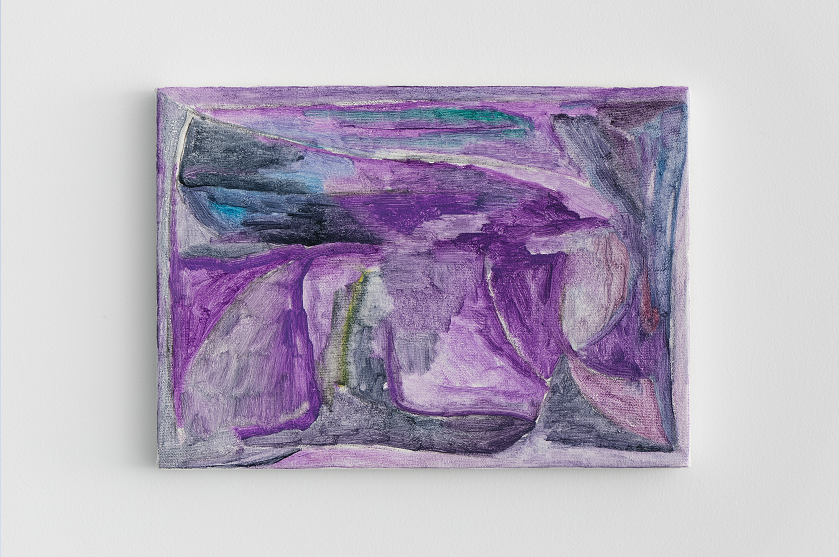“One Hot Summer”
Bram Braam
Michal Bohdankiewicz
Nurzio de Martino
23th July – 3th September 2022
By appointment
A change in the practice of painting is never just a casual shift, but is accompanied by social and ideological changes in the structure of society, which goes hand in hand with changes in the use and meaning of all the visual material
that plays a role in a social context.
Painting on stone was expanded to include the use of wood, linen, skin, metals and precious stones. We do not know exactly when all this took place, as not everything has been preserved. Not infrequently cultural material was destroyed when power structures were demolished and new ones built.
These may be changes, which become visible in a very slow process; sometimes also the changes go very quickly, barely noticeable in the fluid movement of everything that is subject to change.
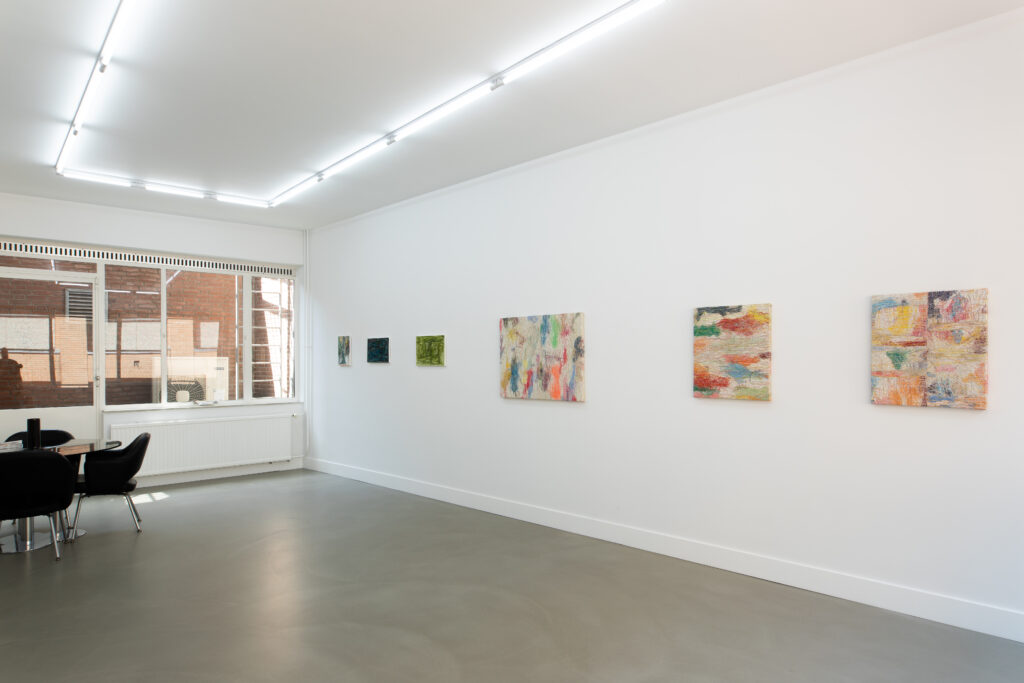
Bram Braam
A search for the raw traces to be found in our urban environment – a landscape dominated by architecture – are the points of departure for the work of Dutch artist Bram Braam. This search manifests itself in a sculptural and poetic representation of materiality and decay. The artist draws inspiration from 20th-century utopian thinking, modernism in architecture, brutalism, and its failures – a strong affinity and approach you can see back in his work related to movements as De Stijl, Konkrete Kunst and minimalism.
Braam was born in the Netherlands and lives and works in Berlin. He graduated from the Royal Academy of Fine Arts in Den Bosch (NL) in 2009 and studied communication and Design at St Lucas College in Boxtel, The Netherlands (2003).
He has exhibited internationally at venues including Evelyn Drewes Gallery Hamburg (DE) Mirrors of Time, Oud Rekem, (BE) Gallery Burster Berlin (DE), Marissa Newman projects New York USA, N.B.K. Neuer Berliner Kunstverein Berlin (DE), LAGE EGAL curatorial projects Berlin (DE), Till Richter museum, Bugenhagen (DE), LFN gallery Spinnerei Leipzig (DE), Galerie Frank Taal Rotterdam (NL), Another space Kopenhagen (DK) Import Projects Berlin, Stedelijk Museum Den Bosch SMS (NL)
Braam has been supported by different funding programs from the Mondriaan foundation, Neustart Kultur (Stiftung Kunstfonds) and the Berlin Senat and has won the Jung-Art prize in 2011 in Berlin.
Michal Bohdankiewicz
I started working on those small scale abstractions during Covid lockdown. My home became my studio, so modest scale became a necessity. I wanted a mode of work that does not rely on any external idea or narrative other than the material language of painting and everyday painterly labour, a thing I could tend to everyday. Those paintings are the result of this approach. Rather than description of a world, they are things of themselves – unique objects of colour, gesture and material.
Nunzio de Martino
It all begins with a sound, the incessant beat of an instrument as ancient as it is human: the sewing machine. The canvas replaces the fabric, the polyester replaces the cotton, what remains unchanged are the hands and mind of those who drive them. It is an unconventional pictorial work, there are no perfect forms that adapt to the body; indeed, what is born adapts to the soul of the observer.
Nunzio De Martino knows this process well: to fit each thread perfectly within the other, to draw the immateriality of the spirit with material lines. The beat of the machine merges with his beat, a sublime and romantic musicality that shakes and excites, a perturbable precariousness of asynchronous but controlled gestures. The skein of signs – in their multifaceted color scheme – generates apparently finished sequences and grids, but, with each new intersection of color and direction, it opens up to different dialogues: a pour parler with a taste of infinity.
The canvas is the embroidered texture of life. The canvas is the patched texture of existence that has been pierced and pierced. The canvas is the unstitched plot, which broadens horizons of knowledge and conscience. It is a painting that goes beyond the canvas, beyond the surface of the painting. De Martino’s art speaks of birth and death, poetry, music, past, present and future memories. A platonic love with controversial time, which goes against the direction of an orderly flow.
Doubt and imprecision in the absence of control over time generate a deafening beauty. It is a material language and at the same time minimal, each cotton line is equivalent to the line of life, it reveals experiences and desires. It is the reading of a hand that guides you on an inner journey.
With his works, the artist acts as a workbench for the viewer, shows his story, describes a personal and filamentous biography, in which it is possible to find a vibration, a turning point for different existences. In the fibrous backgrounds of the canvases, space merges with thought. There is no precise uniformity: they are voids that seem full and full that seem empty, stratified agglomerates that leave intertwining holes to be filled late.
The repertoire of Nunzio De Martino is frenetic and meditative, a rhythmic impulse that gives a sonorous stillness. Observing, changing, connecting: these are the three keywords necessary to understand this art; an intimate and distinct point of view, which changes into something new. The artist’s thread goes beyond two-dimensionality, in a space that lasts over time, and over time it tells about itself, inspiring the other.

